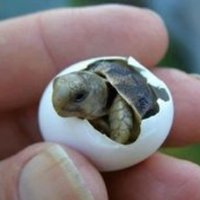
norvid_studies
@norvid_studies
charts & graphs // ecology, macrohistory, evolution, complex adaptive systems, concepts & models
norvidshoshin.wordpress.com/blog/
ID: 977198947159638016
https://www.goodreads.com/review/list/21739657-ne 23-03-2018 15:02:39
93,93K Tweet
3,3K Followers
960 Following









norvid_studies the use of cat like and dog like are mainly historical. i would almost never pay attention to such namings, e.i. not all bristleworms have bristles not all carnivora are carnivores. also dog-like morphologies show up among feliformes and cat-like ones among carniformes


Rookie wh Jasper Dekoninck It's also the kind of problem we've seen all AI systems struggle with: combinatorics with a geometric flavor. These problems are often a bit off-the-beaten-path. On this one you can use some known theorems on some steps, but the overall approach requires a bit more creativity. 2/



norvid_studies very difficult to say, but arthropods have a printer-like style of limb generation during embryogenesis, its easy for them adjust the number of segments and among dozens of legs some are free to mutate since there is functional redundancy

norvid_studies vertebrates also have this printer style development, but for the spinal cloumn and there is actual heterogeneity in the number of vertebrae animals have. if you want to read about it the keyword is somitic clock


norvid_studies Affinity maturation, multiple exposures to diverse antigen can select for broadly neutralizing antibodies People saying V(D)J recombination are incorrect, affinity maturation is largely driven by somatic hypermutation of already-VDJ-recombined B cells

norvid_studies This doesn't usually work, usually you get a polyclonal response against a bunch of different epitopes (this is driven by VDJ recombination) not one super-antibody. This is why people have tried and failed for decades to elicit broadly neutralizing anti-HIV antibodies w/a vaccine








